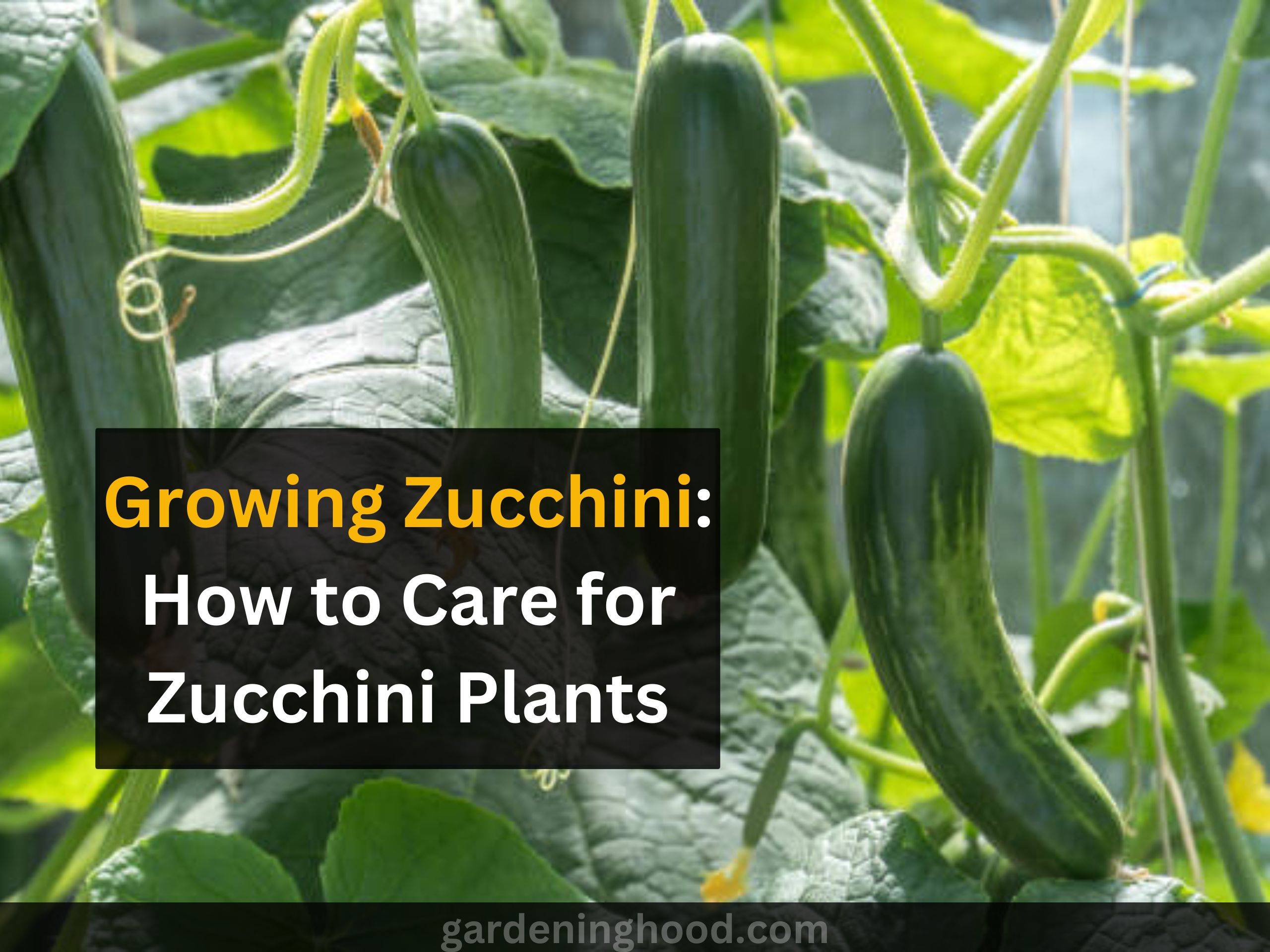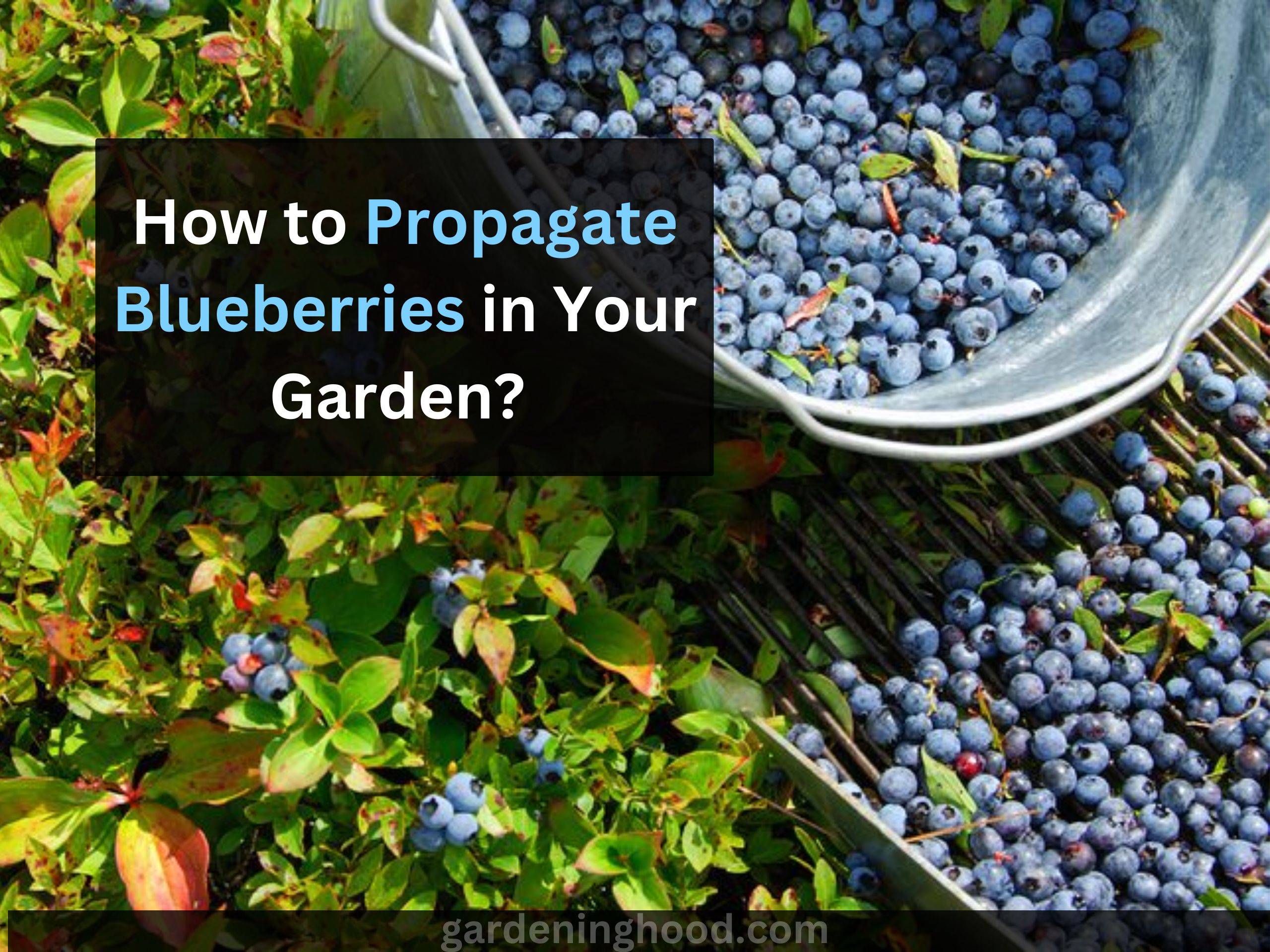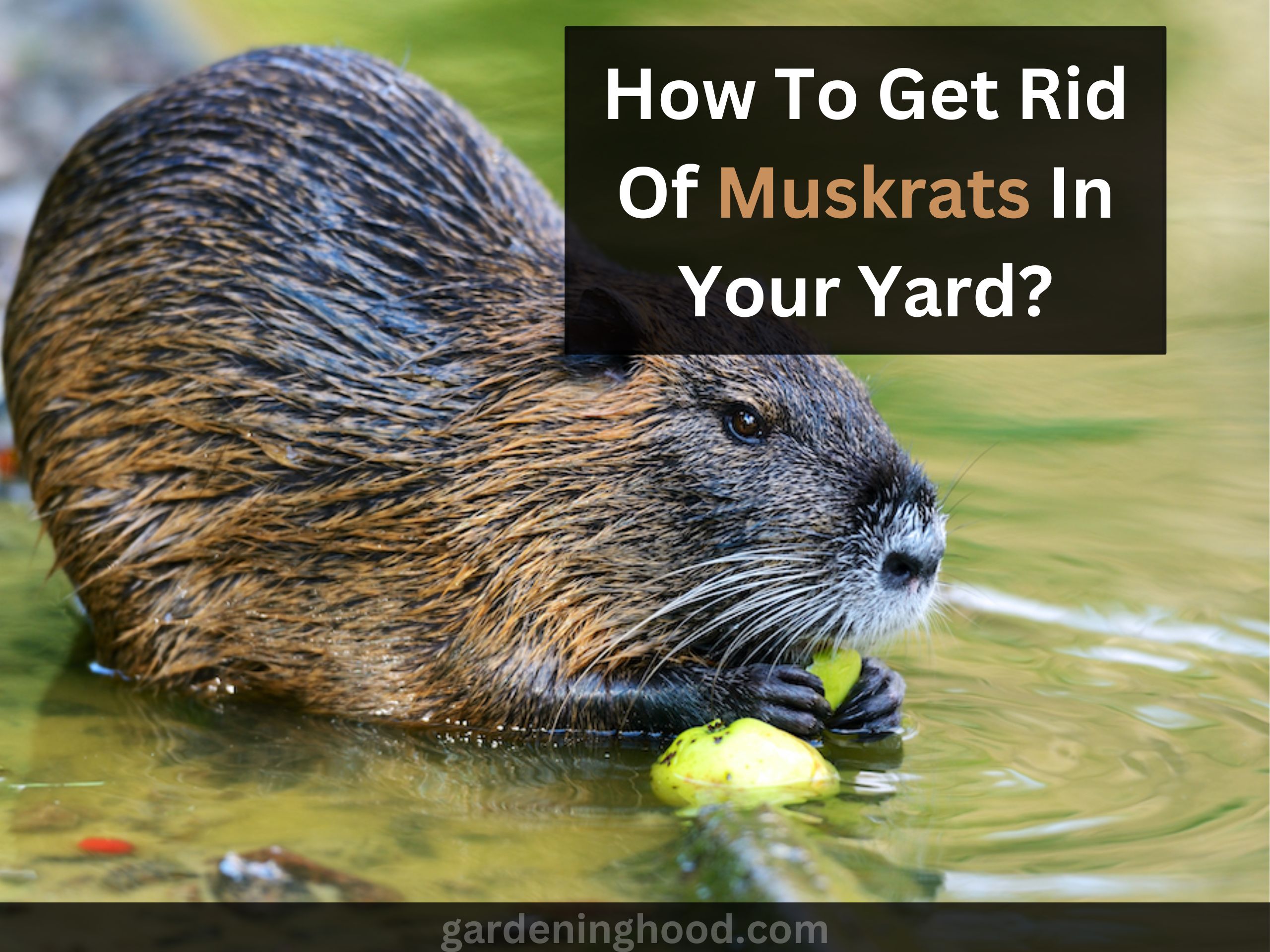Pretty Looking Grasses for the Garden
Most of us envision flowers, shrubs, herbs, fruit, trees, and vegetables, but what’s your opinion about grass? Grass may be your last concern, but it’s high time to focus on and maintain the overall look.
A garden full of grass is a welcomed and beloved addition to any landscape plan. So, what are you waiting for? let’s decorate our garden with pretty-looking grasses.
Now, you may be thinking, what are these pretty-looking grasses? Where will you find them? How will you know they are perfect for your garden? So just stop thinking and scroll down to get all your answers.
Quick takeaways:
- Few plants can beat ornamental grasses’ near-constant performance, vigor, and visual impact.
- Unlike lawn or turfgrass varieties, ornamental grasses are intended to grow rather than be cut or mowed, and most are not used as ground covers.
- There are many species, sizes, styles, and colors available.
- You can use attractive grass in a container garden as part of the thriller, filler, and spiller theory.
- These grasses prefer beauty with multi-purpose interest, whether you use your garden or not.
- There are various uses for these grasses depending on their size, texture, and nature.
Why is grass important for the garden?
What is your opinion regarding the garden? Do you think the grass is important for the garden? The grass is the important part of the garden or you can say it is the heart of the garden, without it a garden can’t be able to stay for long. It takes a vital place in the garden as it acts as a base for the garden on which the trees, flowers, shrubs, etc will grow. Pretty looking grasses are eye-appealing and draw immediate attention and attraction to your garden. It holds some aesthetic value in decreasing the anxiety of a farmer. Pretty looking grasses add beauty to the garden and also make it big and serve at its best.

Explain the various pretty looking grasses that make your garden attractive
Do you want to make your yard more attractive? If yes, then you are at the appropriate place. Let us know about the various pretty looking grasses that can be grown in your garden to add more beauty and make it attractive. Let us know about them in detail:
Woodrush:
Because this evergreen perennial grass prefers shade, it’s ideal for a forest garden, shady border, or as ground cover beneath large plants. It thrives in damp soil with plenty of organic debris. Small groups of green or gold foliage form.
Bowles golden grass:
Do you know this perennial is semi-evergreen? Yes, it is true. The leaves of this grass are golden yellow when you see them in the new spring, then they turn green-yellow.

Silvergrass:
What about the silver grass? Long, architectural clusters of stiffly upright leaves are crowned with bold fluffy blooms on tall stalks in this deciduous perennial. There are several types, some with different coloration stripes or bands on the leaves, and some that are far more free-flowering than others. Growing in the sun and any topsoil.
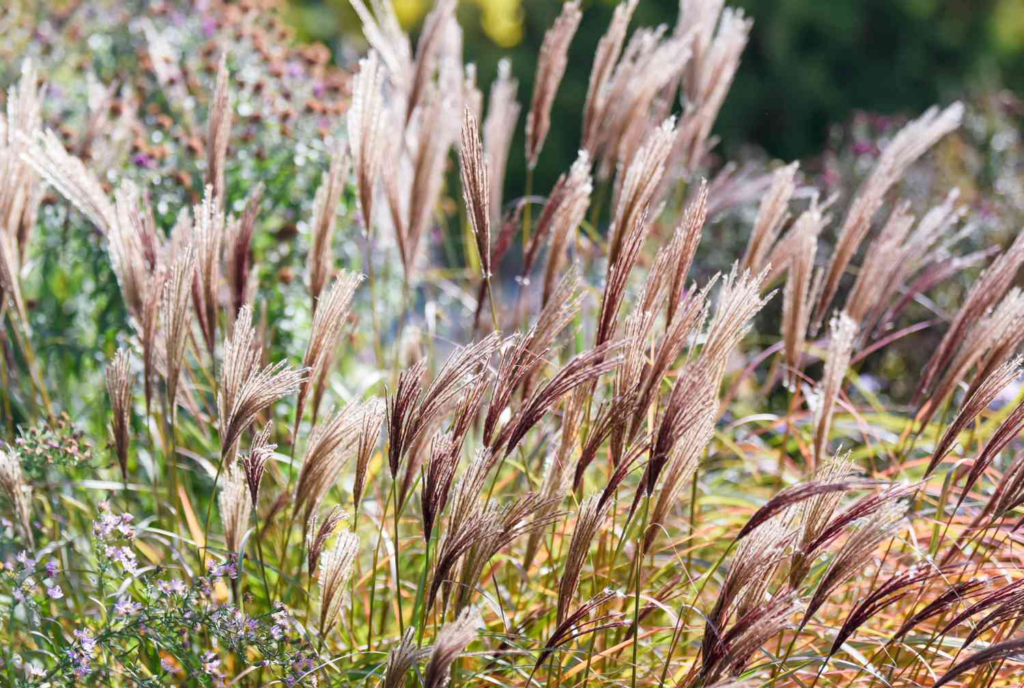
Moor grass:
This deciduous perennial has showy flowers with an airy overhead and erect stems. Requires moist, preferably acidic to neutral soil in sun or partial shade.

Lily Lawn:
Do you want to grow lily turf in your garden? Let us know about it first. The ground is covered with evergreen perennials that spread out and form clusters of many slender leaflets. Blackleaf strains are most commonly grown because of their dramatic effects. Short stems of purple-white flowers are followed by bluish-black berries. Not actually a real grass, but it is often sold with ornamental grasses due to its appearance. Grow in sun or partial shade in moist but well-drained soil.

Switchgrass:
Evergreen perennial with upright growing blue-green to blue-gray leaves that give good fall color. In summer, masses are borne by open panicles. Grow in any well-drained soil and full sun in a border or gravel garden.
Zebra grass:
The zebra grass’s color is green and something like yellow, but the sad thing is that it doesn’t suit in winter but surely comes back again in the spring. The grass can thrive more than 5 feet tall or even wide.

Hook sedge:
If you want a small, rounded clump of beautiful leaves, then this is best for you as it provides that, and also the color is reddish-brown to orange-brown which is a perfect combination for the edges or the borders. It grows in partial shade and moist fertile soil.

For more such plant related-articles, you may also read, Best Full Sun Herbs – Growing Herbs in Full Sun, Sun-loving Herbs
Bamboo:
Have you ever heard of bamboo? Of course yes. It is not easy to get rid of bamboo, it is the main part of the grass family just like a child. It prefers to grow upright and even spreads fast. It demands regular water pampering to maintain a deep and core root system.
Plant a Knot Garden: These are herbs and tidy evergreen plants that are as low as hedges. Growing them in smaller grasses helps both such as grass and hedge plants. This is not technically a Grass but looks similar to the grass which is a good contrast to a dog green box wood. I will suggest you plant tight mounding grasses in knot gardens and make sure to avoid the grasses that are loose and open so that it does not make the garden messy.

Hair Grass:
The hair grass is considered an evergreen grass which depends upon the climate also. They are available in an Airy plume having shades of golden silver purple and green. The growing condition for hair grass is to have full Sun to part shade and moist while draining soil. They can grow up to 6 feet tall. They do grow in the hardiness zone from 5 to 9.
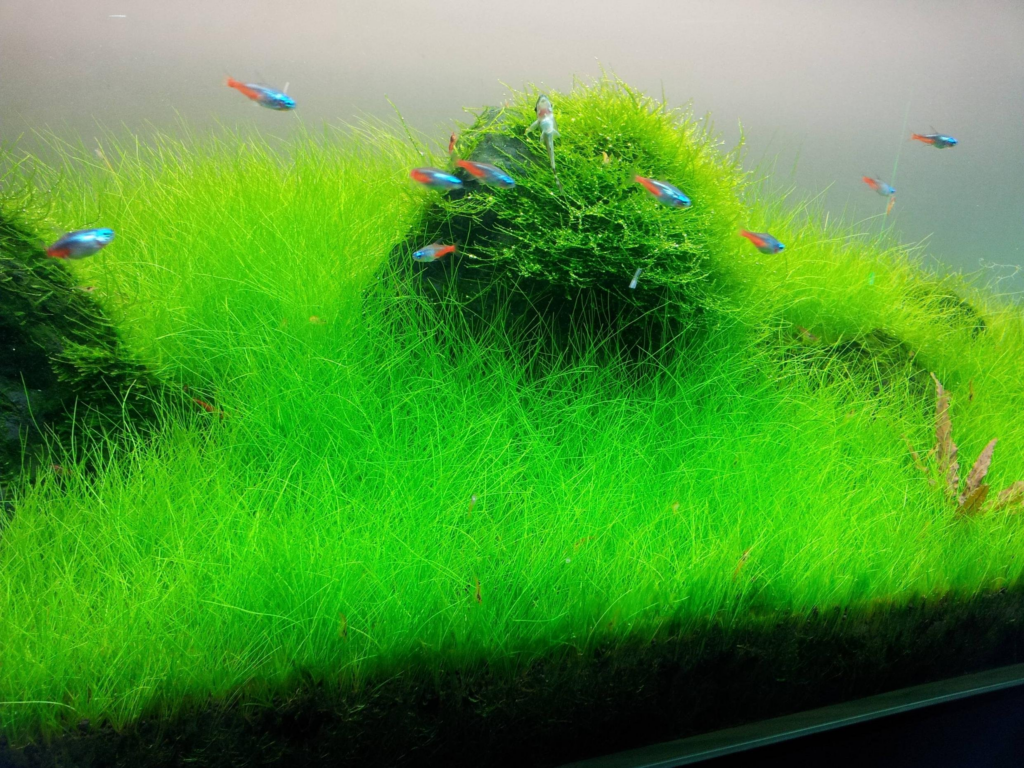
Blue Fescue:
These are the short grasses that are perfect for edging or using for ground cover. You need to provide the grass with full sun or part shade light and needs to be grown in well-drained soil. These grass are able to grow upto 1 foot tall. They are able to grow in the hardiness zone from 4 to 8.

Dwarf Pampas Grass:
They are used to grow upto 4 to 5 feet tall during the late summer and fall seasons. You can grow them in the back of the border and enjoy the flower heads all over the winter season. You need to plant them in places where the variety is not able to spread. They are used to grow in any soil type such as deer- and drought-resistant. They need to get full sun and well-drained soil for quick growing. They are well-grown in the hardiness zone from 6 to 10.

Liriope:
The liriope is also called monkey grass or lilyturf which is not grass but actually, it is a member of the lily family. These grasses are pretty mounding having grass-like foliage which has the same effect as grass in the graden. They are also used to help soil erosion mainly on steep slopes. They are used to grow best with lavender, purple, or white flowers during late summer. You need to provide the grass with full sun to shade it and need to grow it in well-draining soil. The grass is able to reach upto 9 to 15 inches. You will mostly see this grass in the hardiness zone from 5-9.

Wrapping up the context
In this context, you come to know about various pretty looking grasses that can be grown in your garden to add some value to your garden. Above ornamental grasses or pretty looking grasses are explained with their color and importance and will serve as beauty in your yard. I hope this article will be helpful for you all.
What is the other name of decorative grass?
decorative grass are also called ornamental grasses
Consequences of not cutting ornamental grasses?
they will start looking dirty and will start to spread in the area where they do not need to be grown.
Which grass is able to grow fast?
Pampas ornamental grass is able to grow fast when they are compared to other grasses.
